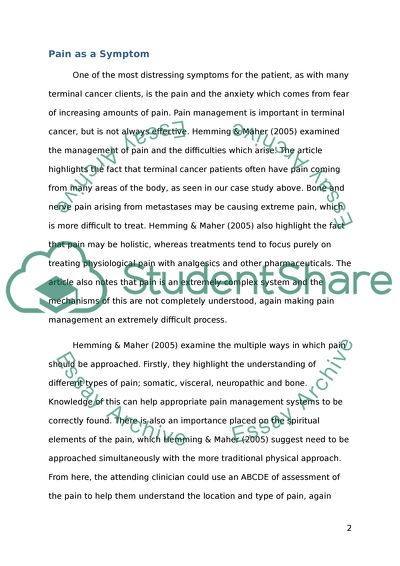Cite this document
(“Terminal Cancer - Palliative Care Essay Example | Topics and Well Written Essays - 1750 words”, n.d.)
Retrieved from https://studentshare.org/nursing/1443704-love-terminal-cancer-palliative-care
Retrieved from https://studentshare.org/nursing/1443704-love-terminal-cancer-palliative-care
(Terminal Cancer - Palliative Care Essay Example | Topics and Well Written Essays - 1750 Words)
https://studentshare.org/nursing/1443704-love-terminal-cancer-palliative-care.
https://studentshare.org/nursing/1443704-love-terminal-cancer-palliative-care.
“Terminal Cancer - Palliative Care Essay Example | Topics and Well Written Essays - 1750 Words”, n.d. https://studentshare.org/nursing/1443704-love-terminal-cancer-palliative-care.


